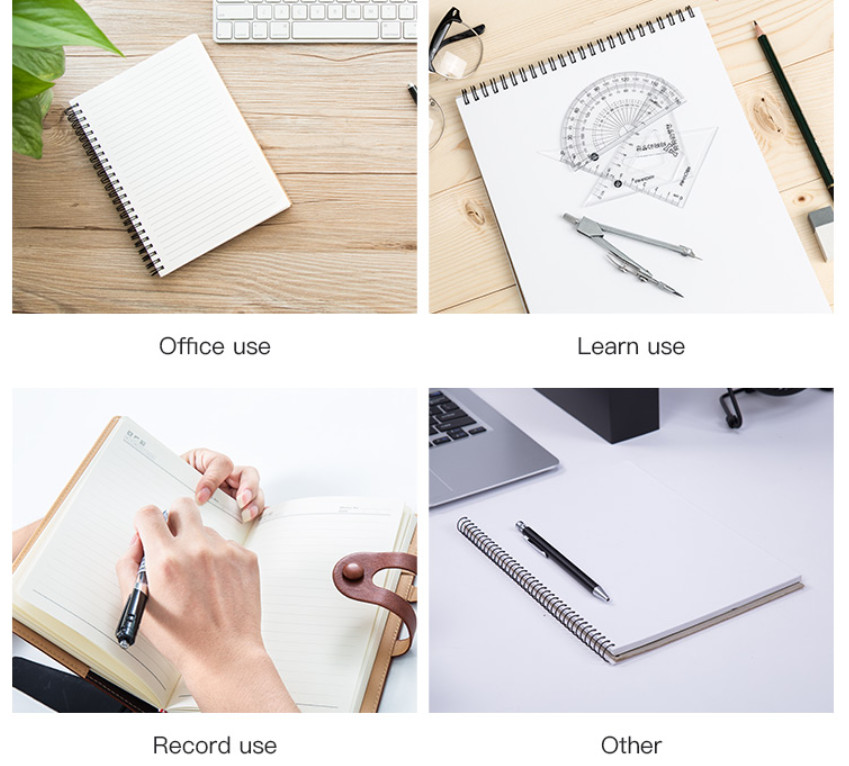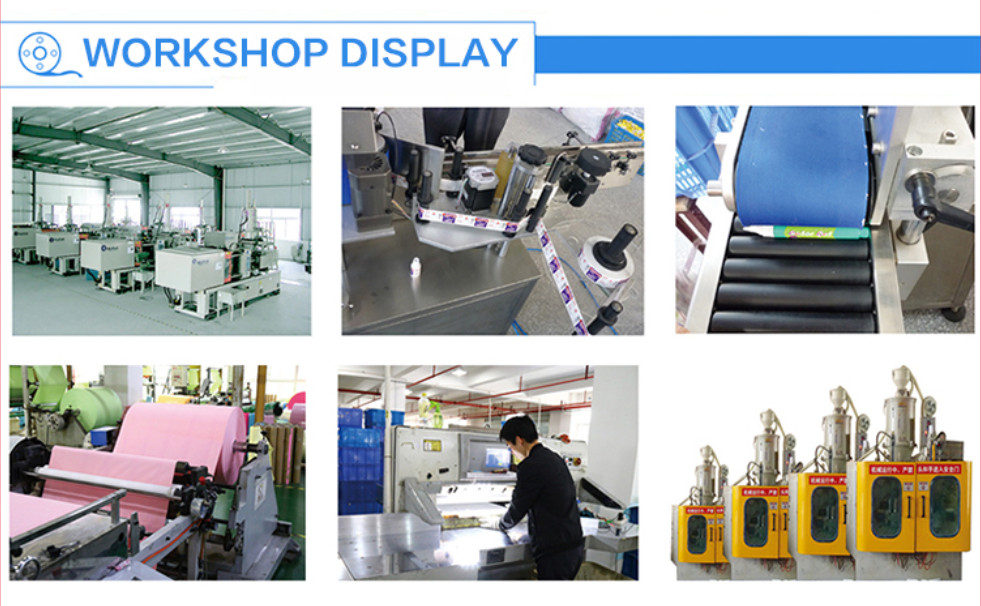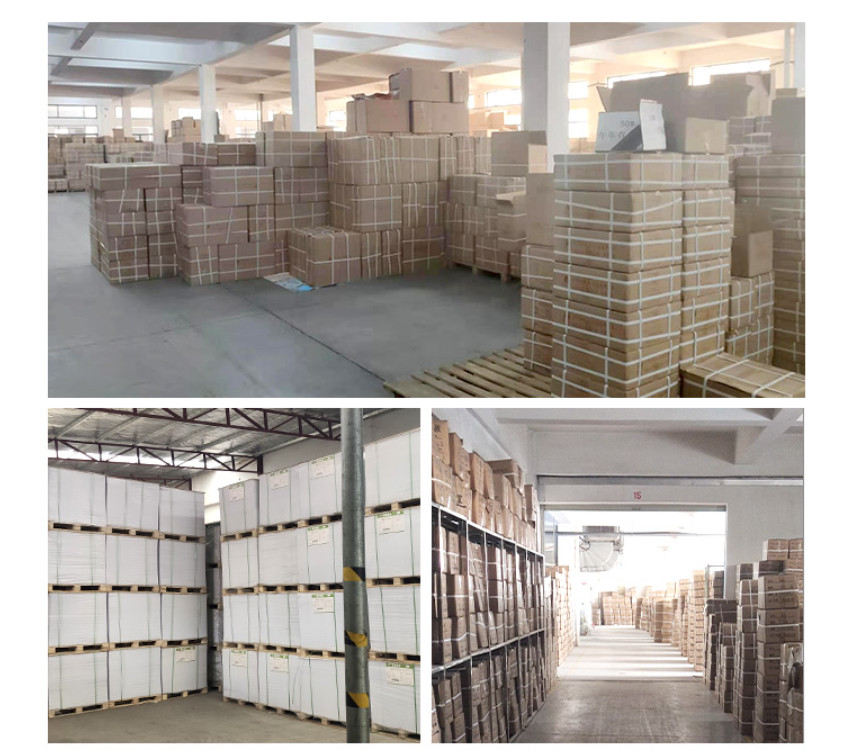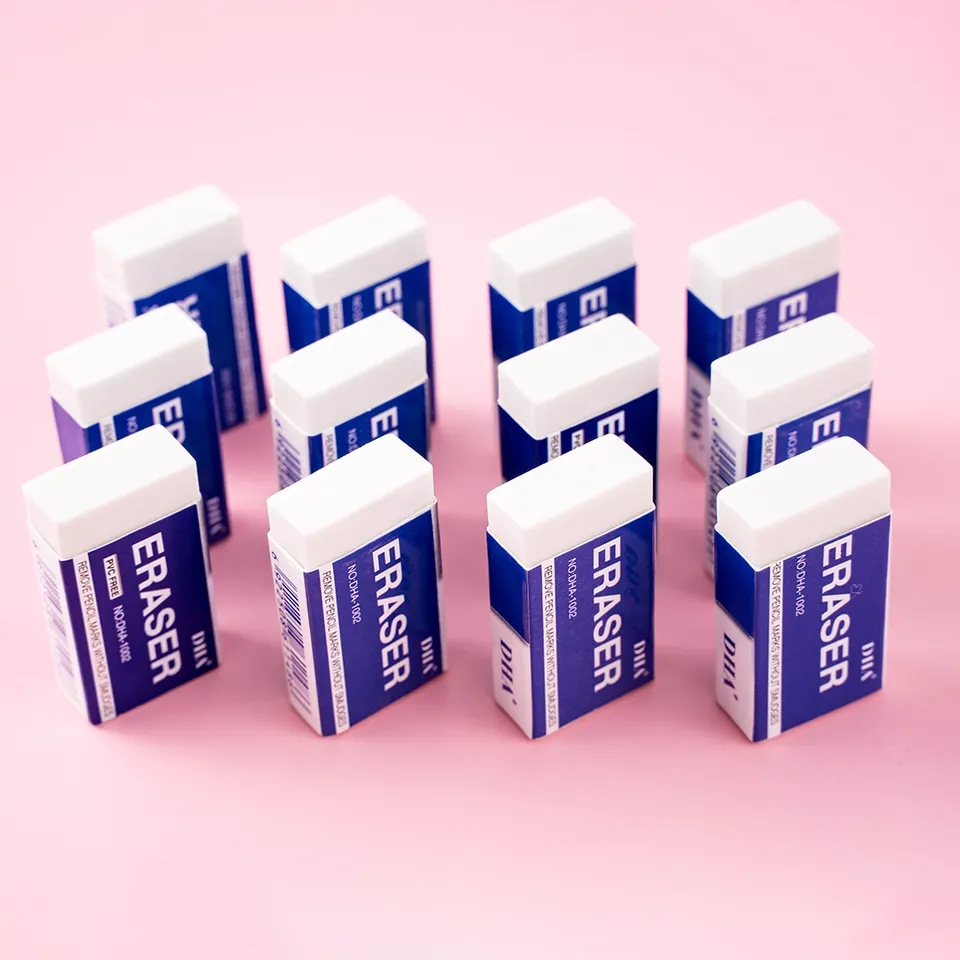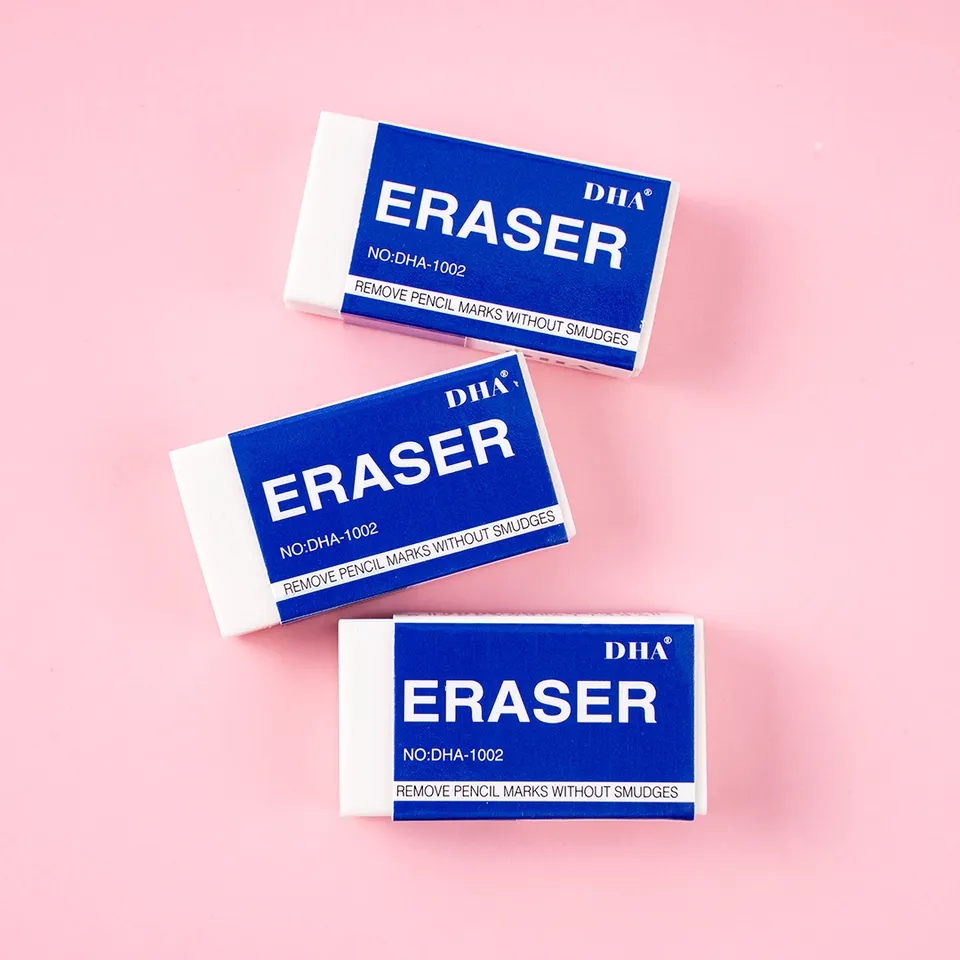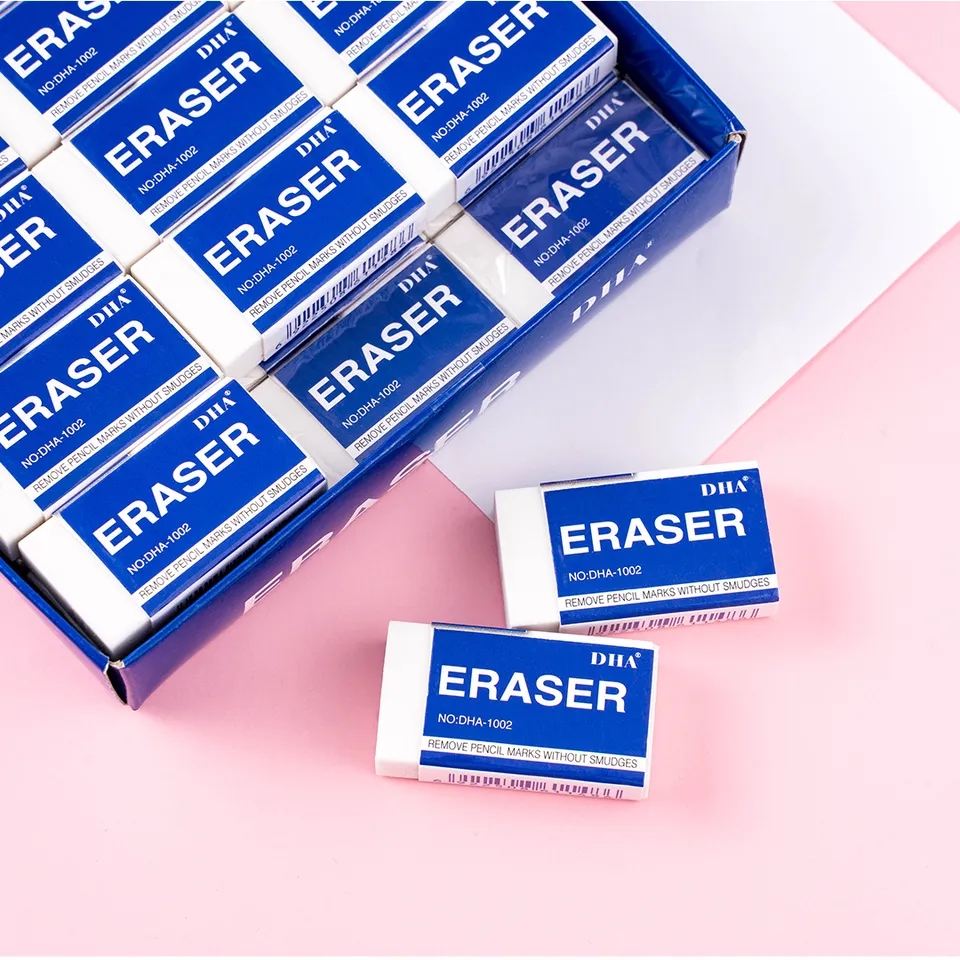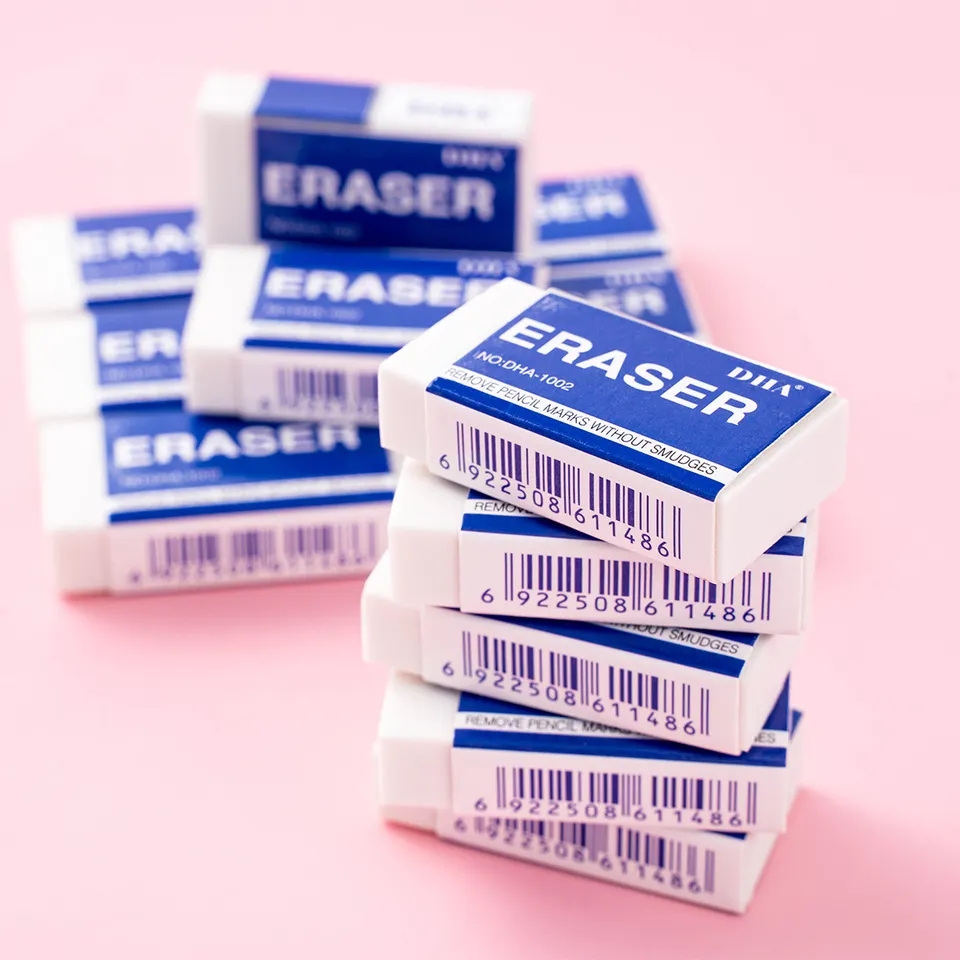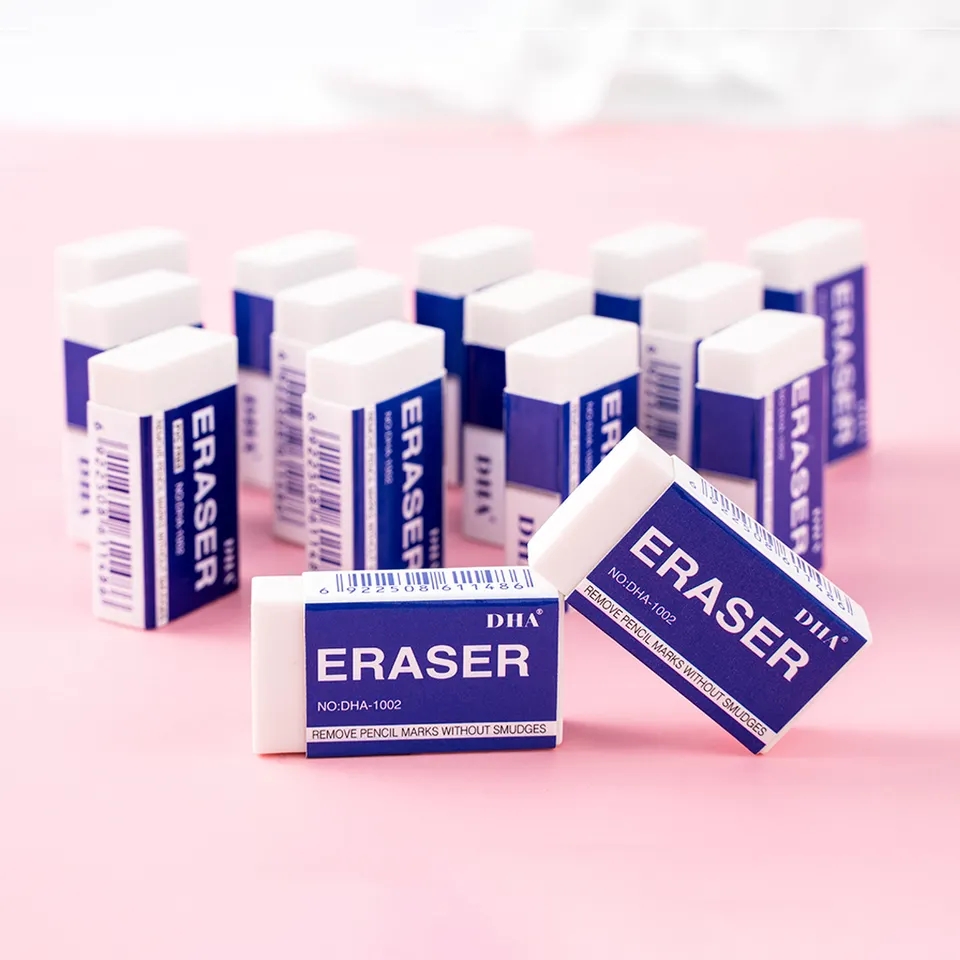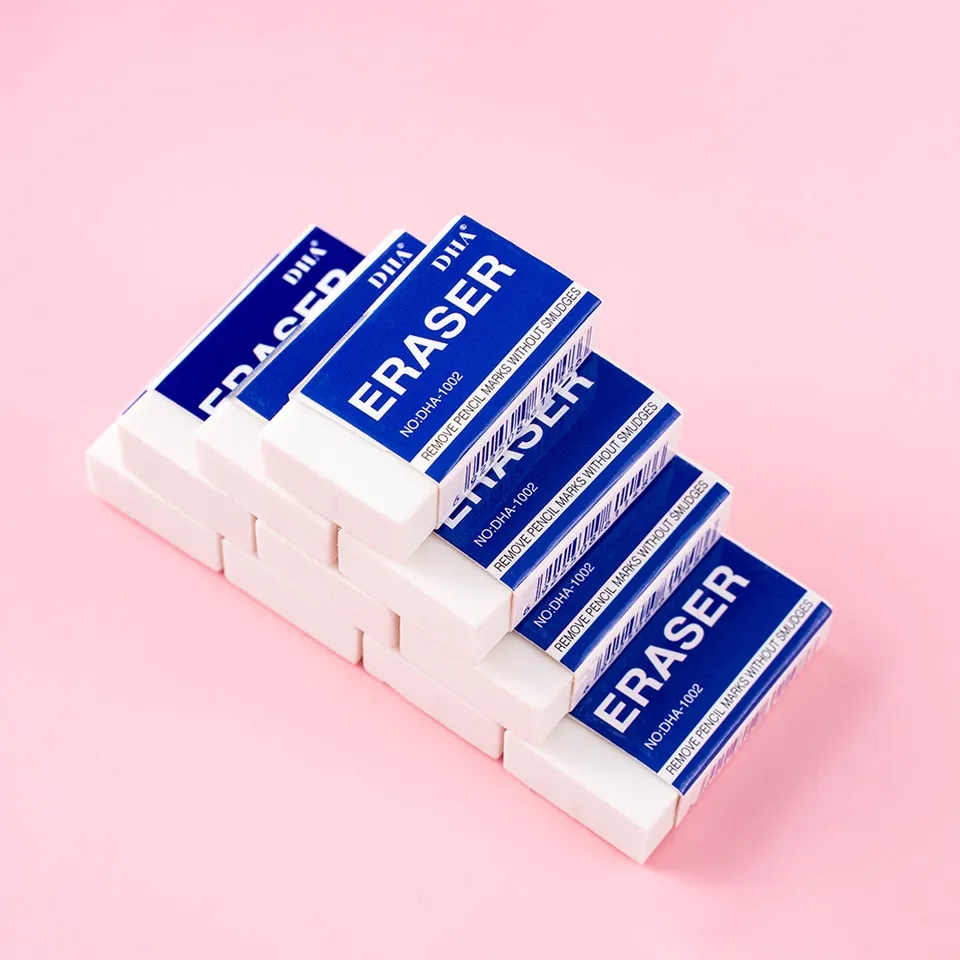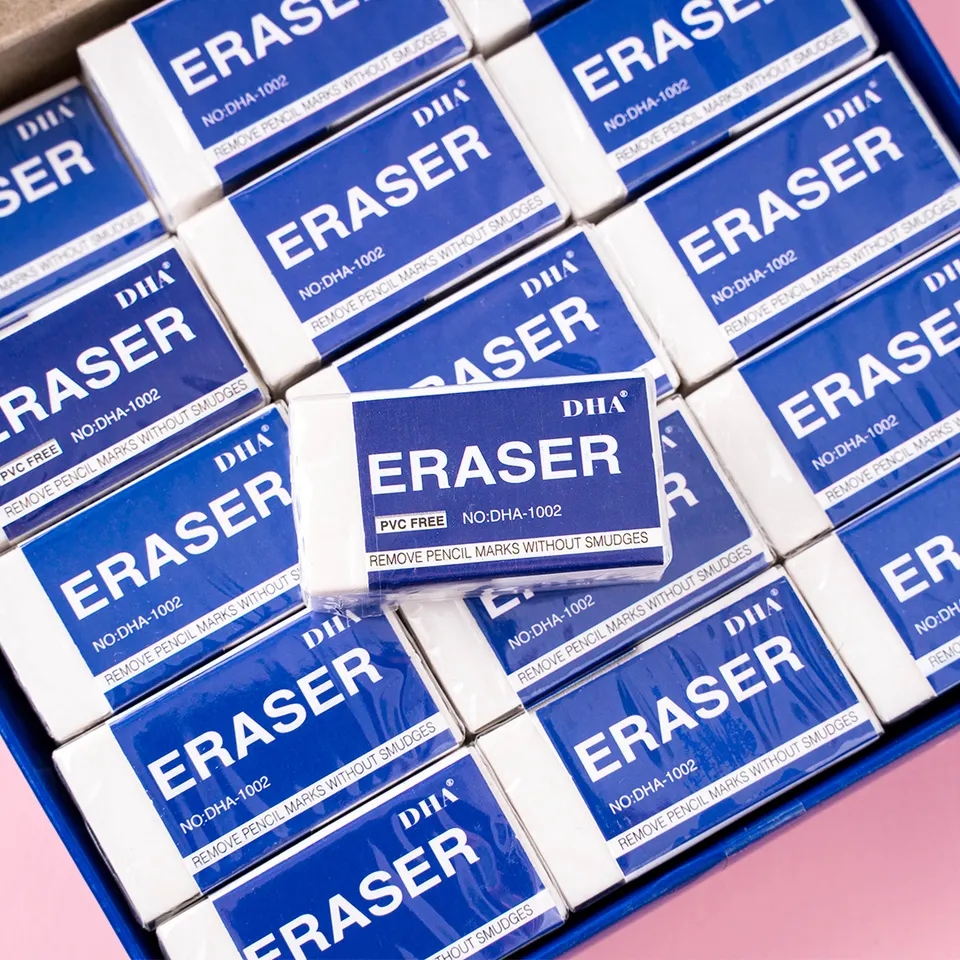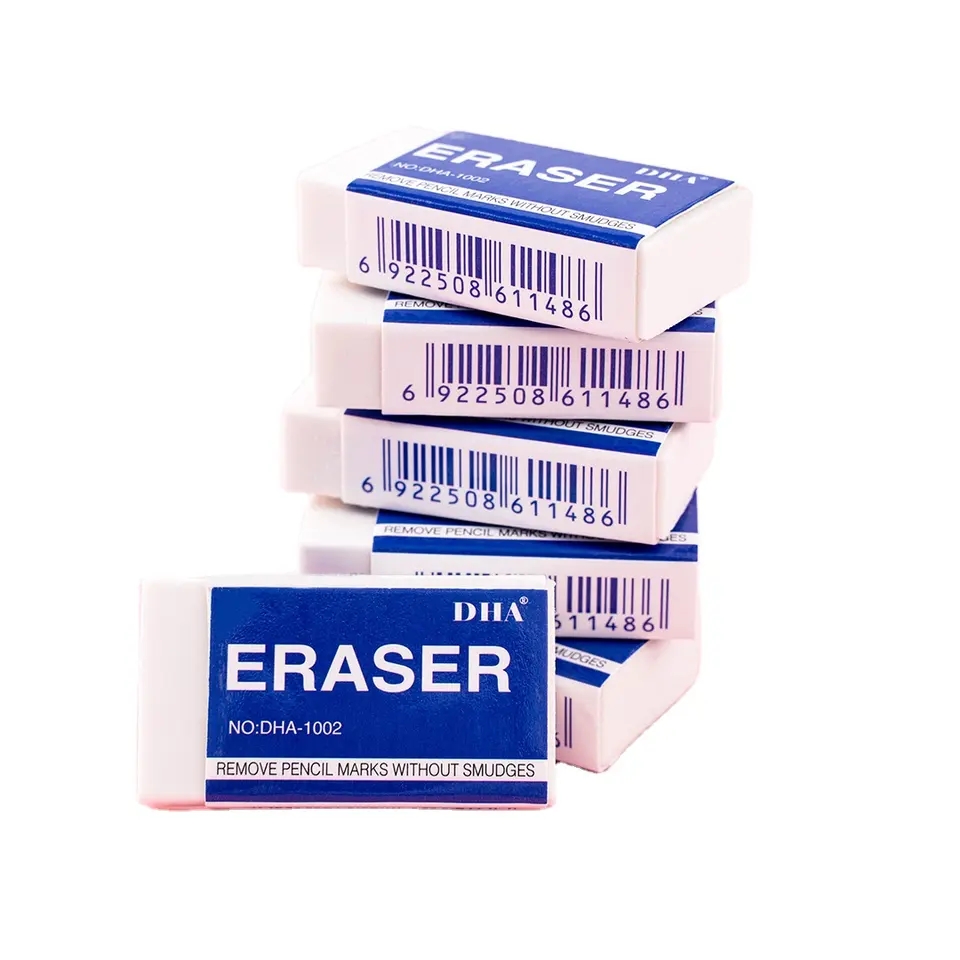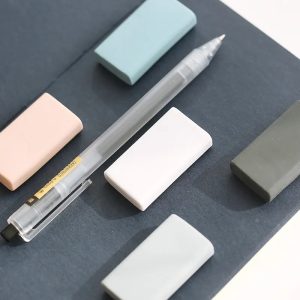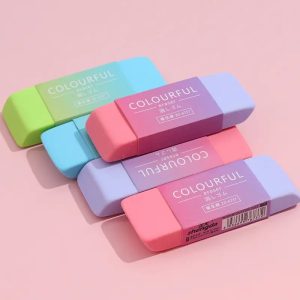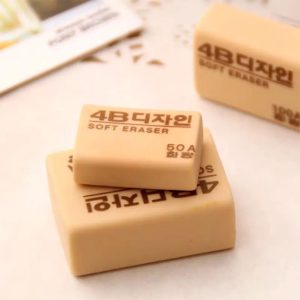Rubber Erasers Unveiled: Types, Functions, and Maintenance Tips
Introduction: Rubber erasers, those humble tools found in our pencil cases and offices, possess hidden depths. In this informative guide, we will unravel the world of rubber erasers, exploring the various types available, their versatile functions, and vital maintenance practices. Whether you’re a student, artist, or professional, a deeper understanding of rubber erasers can help you work more effectively and efficiently.
Types of Rubber Erasers:
Vinyl Erasers: Commonly known as plastic erasers, these are the workhorses of the eraser world. Soft, non-abrasive, and residue-minimizing, vinyl erasers are perfect for everyday erasing tasks and are compatible with most paper types.
Kneaded Erasers: Artists and draftsmen’s best friends, kneaded erasers are pliable and can be shaped to suit specific erasing needs. They excel in precision erasing, shading, and blending in pencil, charcoal, or pastel artwork.
Gum Erasers: Slightly firmer than vinyl erasers, gum erasers are adept at tackling heavier pencil or ink marks. They work effectively on thicker paper and find frequent use in professional settings.
Art Erasers: Designed with artists in mind, these erasers come in specialized forms like pen erasers, pencil cap erasers, and more. They cater to the unique demands of the creative process.
Functions and Applications:
Pencil Error Correction: The primary role of rubber erasers is to correct mistakes made with pencils, leaving no trace of graphite behind.
Ink Erasing: While not as efficient as for pencils, some rubber erasers can remove minor ink smudges or errors.
Artistic Excellence: Artists utilize rubber erasers for shading, highlighting, and creating textures in their artwork. Kneaded erasers are particularly valuable for blending and softening pencil or charcoal lines.
Office and Administrative Tasks: In the corporate world, rubber erasers are indispensable for rectifying written documents, making adjustments on printed materials, and ensuring clean presentations.
Maintenance and Care:
Regular Cleaning: To preserve their effectiveness, regularly clean erasers by gently rubbing them on a clean surface or using another eraser. This removes accumulated dirt and extends their lifespan.
Avoid Excessive Pressure: Apply light to moderate pressure when erasing to prevent paper damage and premature eraser wear.
Timely Replacement: Erasers wear down with use. Replace them as needed to maintain clean erasures.
Proper Storage: Store erasers in a cool, dry place to prevent drying out or becoming overly soft. Avoid exposure to extreme temperatures.
Conclusion: Rubber erasers, though seemingly unremarkable, are crucial tools that facilitate precision and creativity in various aspects of our lives. By familiarizing yourself with the different eraser types, mastering erasing techniques, and adopting proper maintenance habits, you can harness the full potential of these unassuming heroes. Whether you’re a student striving for neat work, an artist aiming for perfection, or a professional seeking polished presentations, the world of rubber erasers has much to offer.
